Rising Demand for Cotton Products
The Seed Cotton Market is experiencing a notable increase in demand for cotton-based products, driven by consumer preferences for natural fibers. As sustainability becomes a priority, many consumers are gravitating towards organic cotton, which is perceived as more environmentally friendly. This shift is reflected in the growing market for cotton apparel, home textiles, and industrial applications. In 2025, the demand for cotton is projected to rise by approximately 3% annually, indicating a robust market trajectory. The Seed Cotton Market is thus positioned to benefit from this trend, as manufacturers adapt to meet the evolving preferences of consumers who are increasingly aware of the environmental impact of their purchases.
Evolving Trade Policies and Tariffs
The Seed Cotton Market is influenced by changing trade policies and tariffs, which can significantly impact international cotton trade dynamics. Recent shifts in trade agreements and tariff structures have created both challenges and opportunities for exporters and importers. For instance, countries that impose tariffs on cotton imports may inadvertently drive up domestic prices, affecting overall market stability. Conversely, favorable trade agreements can enhance market access for cotton producers, potentially increasing exports. As nations navigate these complex trade landscapes, the Seed Cotton Market must remain agile to adapt to new regulations and capitalize on emerging opportunities in international markets.
Innovations in Cotton Farming Techniques
Advancements in agricultural practices are significantly influencing the Seed Cotton Market. Innovations such as precision agriculture, genetically modified seeds, and integrated pest management are enhancing yield and reducing costs for farmers. For instance, the adoption of genetically modified cotton varieties has led to a 20% increase in yield in some regions, thereby improving profitability for growers. These innovations not only contribute to higher production levels but also align with sustainability goals by minimizing the use of chemical inputs. As these techniques become more widespread, the Seed Cotton Market is likely to see a surge in production efficiency, which could stabilize prices and enhance market competitiveness.
Growing Interest in Sustainable Practices
Sustainability is becoming a central theme within the Seed Cotton Market, as stakeholders increasingly prioritize eco-friendly practices. This trend is evident in the rise of certifications for organic and fair-trade cotton, which appeal to environmentally conscious consumers. In 2025, it is estimated that the market for sustainable cotton products will grow by 15%, reflecting a shift in consumer behavior towards responsible sourcing. Retailers and brands are responding by incorporating sustainable cotton into their supply chains, thereby enhancing their market appeal. The Seed Cotton Market is thus likely to see a transformation as sustainability becomes a key driver of growth and innovation.
Impact of Climate Change on Cotton Production
The Seed Cotton Market is increasingly affected by climate change, which poses both challenges and opportunities. Fluctuating weather patterns, such as droughts and excessive rainfall, can adversely impact cotton yields, leading to supply chain disruptions. However, this situation also encourages the development of climate-resilient cotton varieties and sustainable farming practices. In regions where traditional cotton farming is becoming less viable, innovative approaches are being explored to adapt to changing conditions. The Seed Cotton Market must navigate these complexities, as the ability to respond to climate-related challenges will determine the resilience and sustainability of cotton production in the coming years.


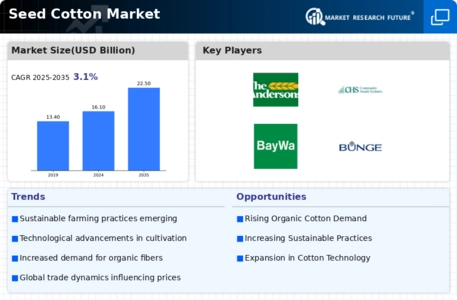
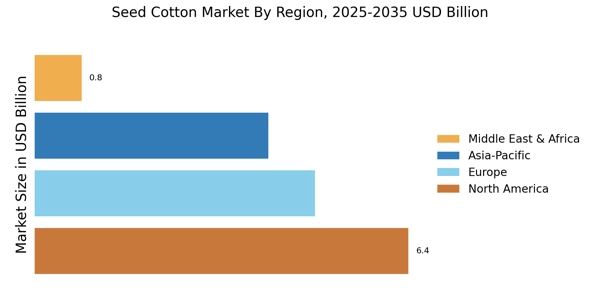



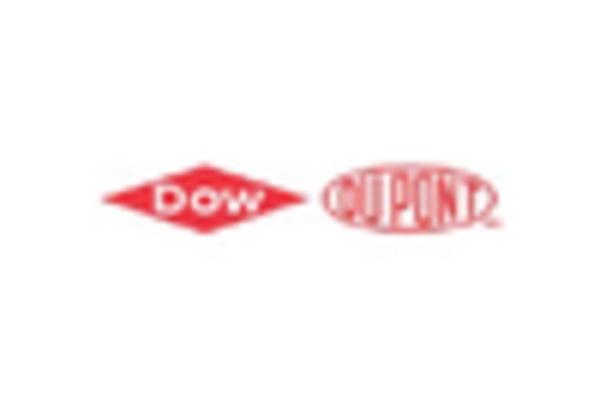
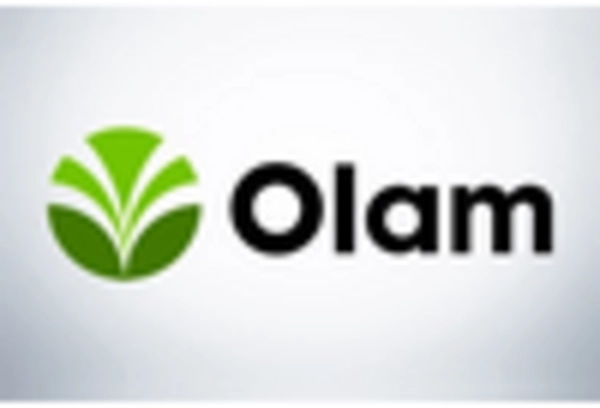
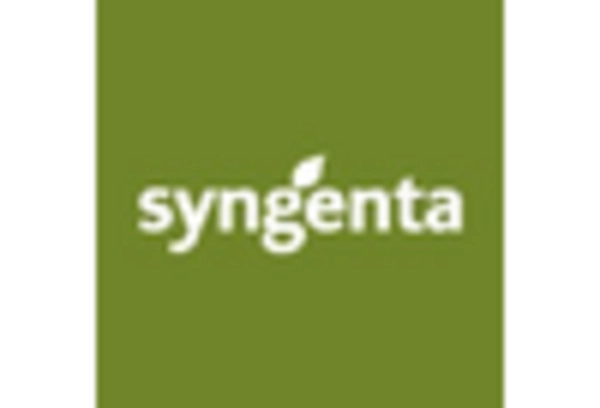








Leave a Comment